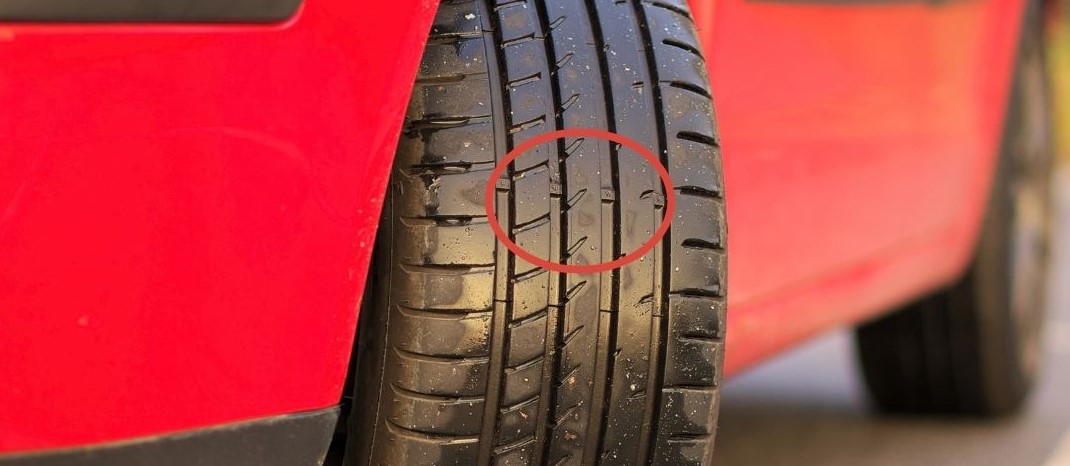The condition of your tyres is one of the key aspects for the safety of your vehicle and your fuel economy so we’ve compiled a couple of the best things you can do to make sure you’re safe when out and about.
We all know that tyres are a major component on our cars, but do we give them the proper love and care they deserve? They hold on average 1.3 tonnes across the 4 of them and, if you don’t look after them, they can seriously impact your road safety.
A recent Motokiki poll on the online automotive community DriveTribe, suggested a majority of 36.9% motorists check their tyres once a month. While this may seem like a reasonable time interval, it defies the AA’s advice to check your tyres every couple of weeks when the tyres are cold. Perhaps wise words, if you’re looking to avoid a nasty surprise on the daily school pick up.
More alarming however, the poll suggested 18% confessed to never checking their tyres! That’s nearly a fifth of motorists – a sobering thought when you’re next on the road.
So, if you want to protect both yourself and other motorists, what should you watch out for?
The essential tyre checks
Tyre pressure
Your tyre pressure is a very simple but important check that you can easily. All you need is a tyre pressure gauge which you can buy online or use at your nearest petrol station. Then follow these 3 simple steps to stay safe:
- Unscrew dust cap on your wheel
- Push tyre pressure gauge firmly against the valve
- Check the reading
The recommended tyre pressure for your vehicle will usually be found on a sticker on the inside of your door. Once checked, you can deflate or inflate your tyre accordingly!
Tyre tread
The tread of your tyres are the grooves that meet the road, making braking safer by dissipating surface water and debris, to provide grip and traction. An incorrect tyre tread could lead to an MOT failure or points on your licence. The law requires that you have at least 1.6mm of tread, but most manufacturers recommend 3mm for safety.
To check your tyre tread, it’s best to use a tyre tread gauge, which can give you an accurate reading of depth. Alternatively, a simple trick is to use a 20p coin - the outer band of which is just over 1.6mm. Insert the coin into your tyre tread and, if you can see any part of the coin’s outer band, you need to replace your tyres. As tyres can wear unevenly across their width, you should remember to check tread depth from the outer edge, across the centre and onto the inner edge. If you can’t find a coin, then just run your fingers down the tyre tread until you feel a ridge. All cars and vans have a 1.6mm ridge in their grooves so when the tyres become in flush with the grooves, it’s time to get a new tyre!

Be sure to stay safe.
Tyres are integral to your road safety, particularly during the winter months when conditions are more likely to be wet or icy. If in any doubt you should their check road-worthiness with a qualified tyre fitter, using Motokiki to find a qualified and rated fitter near you. Check out our tyre comparisons here.
Back to all articles